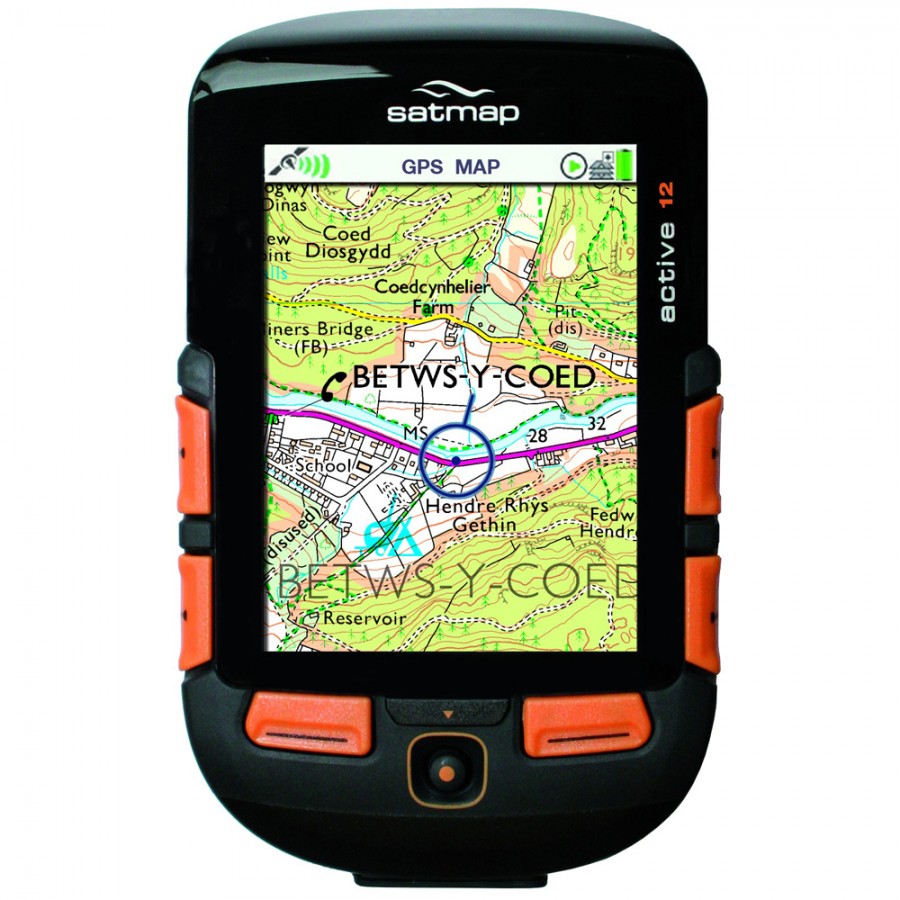
And before you upload, you should clear out any active track points currently in memory, so that data won’t get mixed in with, and saved with, the uploaded data.ģ. You’ll have to manually save the uploaded active track into the track directory, and assign it a name manually. When you upload a line or area shapefile, the tracks are uploaded into the active track, not the track directory, and aren’t assigned separate names based on a data or attribute field. For that reason, I think it’s best to leave the DNRGarmin projection set at the default of WGS84, no projection, only change it if absolutely necessary, and make sure the shapefile you’re importing is WGS84 lat/long. But it will not check to make sure that the coordinates are in the projection it’s set for if you have the projection set for UTM, and the shapefile you’re importing is already in geographic coordinates, DNRGarmin will re-project the geographic coordinates as if they were UTM coordinates, and the resulting set of points will be garbage. This can be useful if you have a shapefile already in an alternate coordinate system (like UTM), and you want DNRGarmin to handle the job of re-projecting it to WGS84 geographic coordinates. DNRGarmin assumes that the shapefile you’re opening will be in the projection set in the File => Set Projection menu. It can also be used for importing shapefile data into Garmins as well, but there are a few quirks that make it trickier and less convenient to use than GPS TrackMaker:ġ. Opening an area shapefile with two polygons in GPS TrackMaker, and following a similar procedure, uploads two separate tracks to the GPS, each one representing the perimeter of an area polygon in the original shapefile:Ī point shapefile is imported into the GPS in a similar fashion, but you’d click on the “Waypoints” button to upload those instead of the “Tracklogs” button.ĭNRGarmin – This program was introduced earlier for use in exporting GPS data into shapefile format with Garmin GPS units. The “Send To GPS” button was pressed to enable uploading to the GPS, and “Send Tracklogs as Active Log” was unchecked, so that the line data would be saved in the track directory rather than as the active track:Ĭlicking on the “Tracklogs” button uploaded the four line segments to the Garmin GPS unit as four separate tracks: With the GPS connected and turned on, the Interface menu was used to select the kind of GPS unit (Garmin in this case). This shapefile was saved in WGS84 geographic coordinates, and then opened in GPS TrackMaker. Here’s an example of a line shapefile, with four independent line segments, drawn in a GIS on top of a topo background: When you open a shapefile, GPS Trackmaker will ask you which of the shapefile data fields (attributes) you want to use to label the shape this label that will be used to identify the uploaded feature in the GPS. While the program has some support for grid coordinates systems like Transverse Mercator, it’s easier to work with the data if it’s already in the WGS84 geographic coordinate system (lat./long.), the standard for most GPS units. GPS Trackmaker – This program has the ability to open point, line and area shapefiles, and upload the data to a GPS. But that’s not a problem here, because both of the programs I’ll talk about convert area shapefiles into a line that describes the perimeter of the area, which can be exported to a GPS unit. But there are only two standard kinds of position data that can be imported by a GPS, points (waypoints) and lines (tracks and routes) areas aren’t a supported data type. There are three kinds of shapefiles: point, line, and area/polygon. Two of the programs I’ve posted about earlier have the capability to import GIS data in shapefile format into a GPS unit. Or you might have a point shapefile with the positions of sampling spots it would be convenient to be able to import those sampling spot positions into a GPS as waypoints, and then use the waypoint positions to navigate to them.


For example, you might have an area shapefile demarcating survey areas, and it could be helpful to import the boundaries of that area into your GPS unit, so that you’ll know when you’re inside (or outside) the survey area. But there may be times when you might want to do the opposite – take GIS data and export it to a GPS. GPS units are often used to gather data for export to, and use in, GIS.


 0 kommentar(er)
0 kommentar(er)
